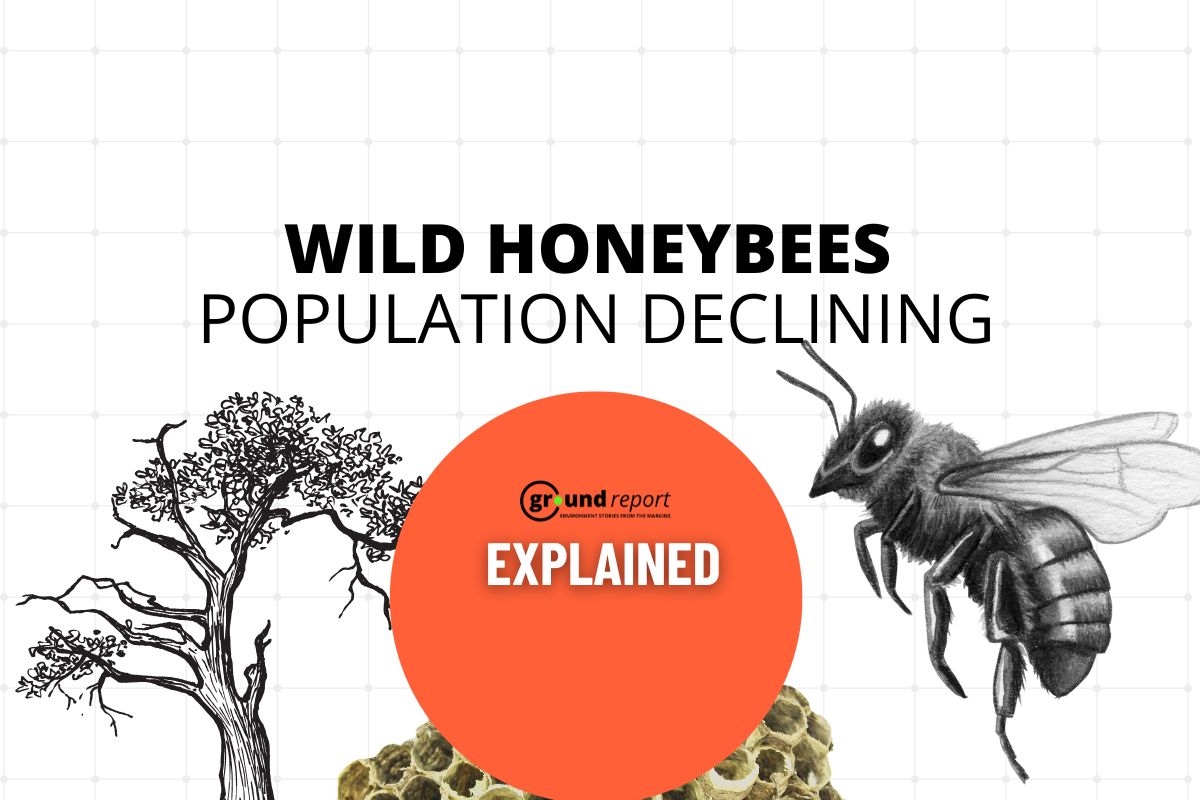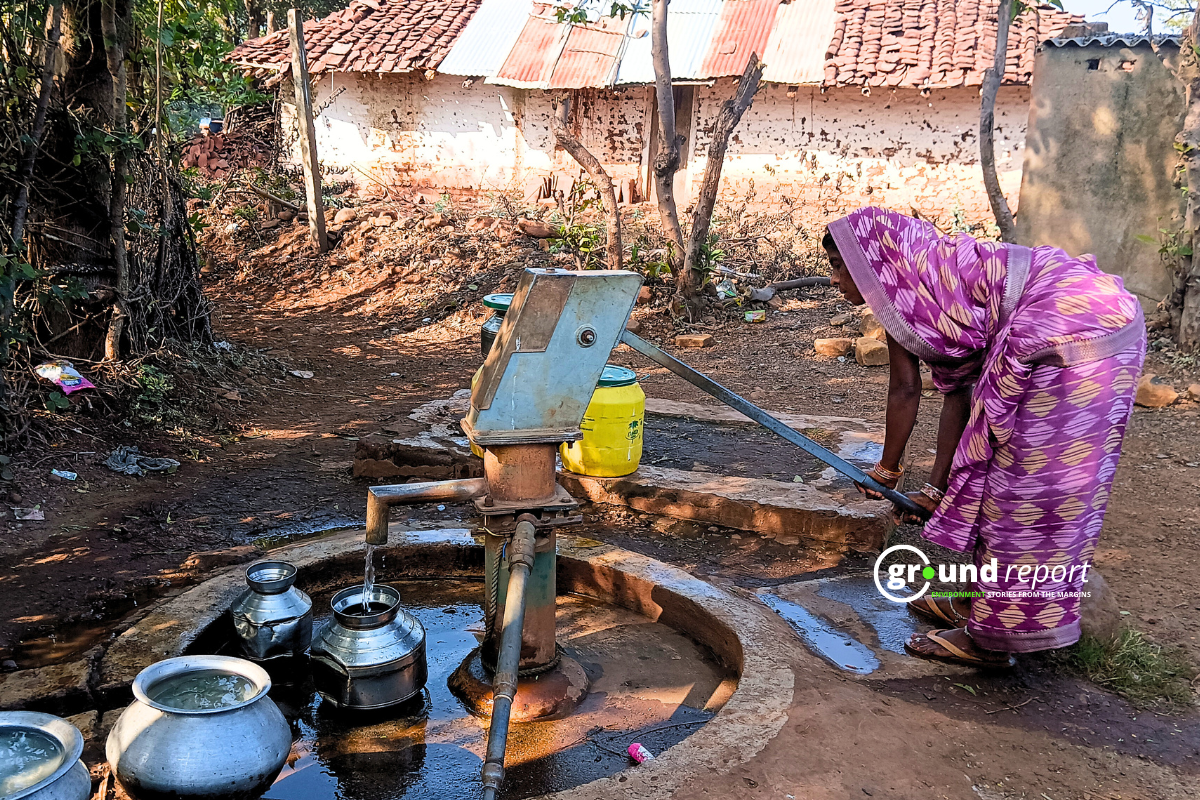Many studies had revealed that interfaith marriages have a limited impact on society at large
SANJANA TIWARI
Ground Report | New Delhi: Interfaith marriages Indian society The cases come in concern by an advertisement aired by TATA-owned company Tanishq and in this advertisement, they are promoting love jihad. But the Tanishq finally withdrew the advertisement fearing a larger impact on the brands. The census does not record interfaith marriages in India nor has the government conducted any national representatives’ survey to find out about such marriages.
A number of studies conducted by scholars have founded that interfaith marriages have a limited effect on society at large. For instance, students and faculty of the central government-run international institute for population sciences had presented a paper on interfaith marriages in India in 2021 by analyzing data from the “Indian human development survey data (IHDS) 2005” to explore the extent of mixed marriages in India.
Interfaith marriages Indian society The IHDS is a multi-topic survey of 41,554 households in 1503 villages and 971 urban neighborhoods’ across India.
The survey was organized by the University of Maryland & the national co0uncil of applied economic research (NCAER), New Delhi. The survey was funded by the national institute of health. There is not any direct question on inter-religious marriage; the paper has taken the religious details and affiliation of husband and wife to find the number of interfaith marriages.
ALSO READ: Scientists predicate nuclear war between India and Pakistan in 2025
Percentage of interfaith marriage cases in India
The survey report revealed that approx. 2.21% of all married women between the ages of 15-49 had married outside their religion. The proportion is high at 2.8% among women of young age groups which decrease with increasing age at marriage with2.3% for those in the age group of 20-24 is 2% for 25-29 and 1.9% for those who are above 30. The above data shows the percentage of interfaith marriage cases in India.
The sociologists have a faith that mixed marriages be they7 inter-religion or inter-race, help in the socio-cultural assimilation of communities and facilitate better integration into the society.
How prevalent is inter-religious marriage among different religious groups?
The prevalence of women marrying outside their faith is highest among Christians at 3.5 percent, It is followed by the Sikh community, which ranks second with 3.2 percent, followed by Hindus at 1.5 percent and Muslims at 0.6 percent. However, this research does not mention the religion of women in which religion they married.
Which state has the highest number of mixed marriages?
Punjab has the highest number of mixed marriages, with 7.8 percent. The biggest reason for this is believed to be similar to the religious customs and practices of Sikhs and Hindus. This is followed by Jharkhand with a high proportion of mixed marriages at 5.7 percent and Andhra Pradesh at 4.9 percent.
ALSO READ: Swedish think tank: India and Pakistan increase nuclear stockpiles
The lowest percentage of mixed marriages is 0.3 percent in Bengal, 0.6 percent in Chhattisgarh, and 0.7 percent in Rajasthan. How mixed marriages affect society. Sociologists believe that inter-religion or inter-caste marriages help in the socio-cultural integration of communities. This creates a better society.
Constitutional and rights issues involved in interracial marriage
The rights provided by the Constitution of India such as the right to equality, the right to liberty and personal liberty, the right to life, are also awarded to couples marrying under the Special Marriage Act. In India, all marriages are governed by individual religion but when it comes to intermarriage it has to come under the Special Marriage Act 1954.
Inter-religious marriage person may face exclusion
An inter-caste or inter-religious marriage person may face exclusion or isolation from his family and neighbours. At the same time, an educated section believes that there should be a law against inter-caste marriage. This type of mindset raises serious questions about our education system and it proves that a large section of the society is suffering from caste and religious prejudices.
It has also been observed that the youth passing out from higher technical and medical institutions also have to depend on their parents to choose their life partner.
In 2019, the Supreme Court bench said that it is not against such marriages and should encourage inter-religious or inter-caste marriages, as it is good for the society. But we should be concerned to protect their future and their interests. We should protect the interests of women.
You can connect with Ground Report on Facebook, Twitter, and Whatsapp, and mail us at GReport2018@gmail.com to send us your suggestions and writeups








